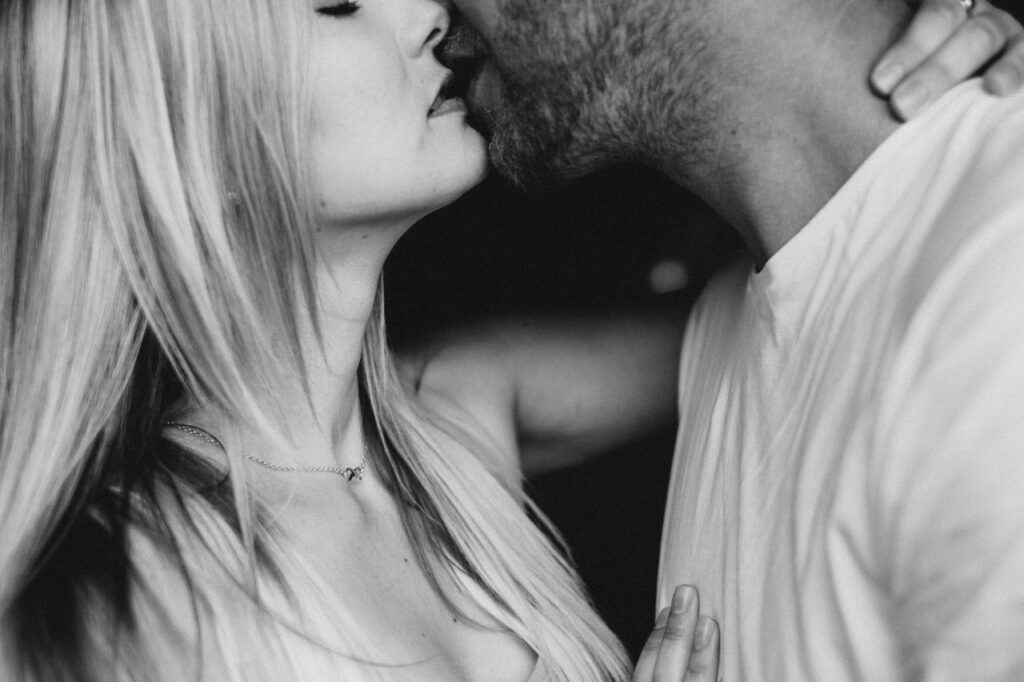
When was it decided that every cover letter had to include the phrase “I have a passion for”? How did we decide our private pastimes would fascinate? Maybe it begin with all that pressure to rack up extracurricular activities. Or with Gen X cynicism, the almost narcoleptic refusal to show enthusiasm about anything. Millennials had to find a little innocence again, a little hope. Gen X detachment rebounded as Tigger.
Sometimes “passion” makes a tacit promise that the applicant will work hard, even in a climate where loyalty is no longer expected from employer or employee. But most of the time, the word introduces the sort of hobby one might list in an eHarmony profile. “Because your passion never runs out,” assures an ad for something; I cannot remember what. “Having a passion—whether it’s art-related or not—will make you think and care deeply about it,” My Modern Met’s newsletter promises.
“Over the past few decades, ‘passion’ has been declared everything from the secret to successful entrepreneurship to the foundation of a meaningful life,” writes Steven Kotler. He sees passion as “a profound focusing mechanism,” capturing our attention and thereby driving performance, creativity, productivity. We pay more attention to those things we believe in.”
So maybe we need passion to recover our attention span?
Not that long ago, the word had some oomph. The adjective most likely to precede “passion” was “undying,” and elderly frowns kept the swoons secret, which only heightened the excitement. The sexualization of “passion” was just as drastic a change as its hobbification, though. In Oxford English Dictionary entries all the way from 825 CE through Chaucer, passion referred to holiness, the soul, and Christ’s suffering. The notion was “that which must be endured,” and in the Christian ideal of imitating Christ, passion became pain that was willingly suffered. “He that felyth payne and passion Desyrith sore aftir alleggeaunce” is a favorite dictionary example.
Middle English segued into passion as “an emotion, desire, inclination, feeling; desire to sin considered as an affliction.” And then desire ceased to be seen as an affliction. The sense of sexual love popped up in the 1580s. And wait—the joke is on me—our current sense of “strong liking, enthusiasm, predilection” showed up in the 1630s.
I bet those folks did not list off their passions the way we do, though. Most of them had no time, and the Renaissance’s leisure class was too secure to bother with self-promotion. Besides, the desirous sort of passion would have been far more intriguing.
Today, Wikipedia tells us that “passion can range from eager interest in or admiration for an idea, proposal, or cause; to enthusiastic enjoyment of an interest or activity; to strong attraction, excitement, or emotion towards a person.” Note what places last. Scrolling through images of “passion” on a free photo site, I find a lot of pictures of people playing the guitar. A cocktail that probably contains passionfruit (which sounds romantic but took its name from its resemblance to Christ’s crown of thorns). Sharpened colored pencils, a red sportscar, a wildcat, a rose on fire, people embracing, a hiker in the mist, two flamingos, a guy at a mic, a woman splashing water, somebody walking across a bridge, piano keys, several people with cameras, Christian statues, and a street sign.
We are as confused about passion as we are about sex.
So much is possible now, and so much is permitted, that the old (and sometimes dangerous) intensity seems to be waning. Sexual imagery is so pervasive, it is uninteresting. I never expected to feel so schoolmarm; it comes as sweet relief when, in a conversation about D.H. Lawrence, a scholar of religion and politics tells me she is not at all sure he would approve of our current, freewheeling sexual landscape. “Lawrence wrote very graphically about sex, but he saw himself as writing about the sacredness of the human body and of sex itself,” she says. “He’d look around today and say, ‘Ninety-nine percent of that is pornography’—even things we don’t think of as pornography—because it’s crass.”
It is crass, and it is wallpapering our world, and the courtesans and Casanovas of old would know instantly that such ubiquity means the death of desire. Physical passion holds less power over our worldly teenagers, and surveys show less sex being had at all ages under thirty-four. When sexual pleasure is more of a duty than a stolen joy, it is far less tempting; ask any long-married couple desperately trying to engineer a Date Night.
Maybe we will all get along better as the old categories melt away. Marriages might proceed more smoothly as intimate friendship than as a magnetic clash of opposites. But why does this new sense of passion feel so hyped up and obligatory? Passion is supposed to be present “when any feeling or emotion completely masters the mind,” and decoupage, travel, and scuba diving…should not have that much power. Maybe the empty repetition of “my passion is” has frayed my rhetorical nerves. There are now lists online suggesting what to have a passion for, asking ‘How do I find my passion for purpose,” and quizzing us to see where our passions are hiding.
If we must broaden the word, Jerome Bruner’s definition of passion works for me: “a willingness and ability to let one’s impulses express themselves in one’s life through one’s work.” A passion should be the thing you would do even if nobody paid you to do it, even if you had to go without air-conditioning or snacks, because some mysterious energy inside you rises to meet its challenge.
I hate to see the word—or the feeling—diluted.
Read more by Jeannette Cooperman here.
